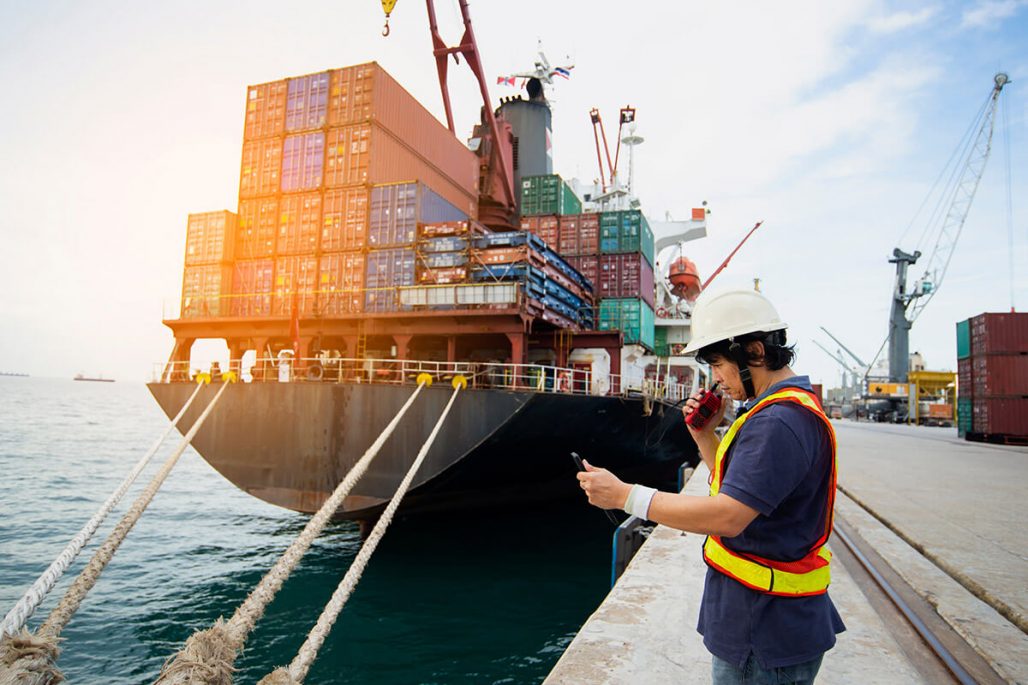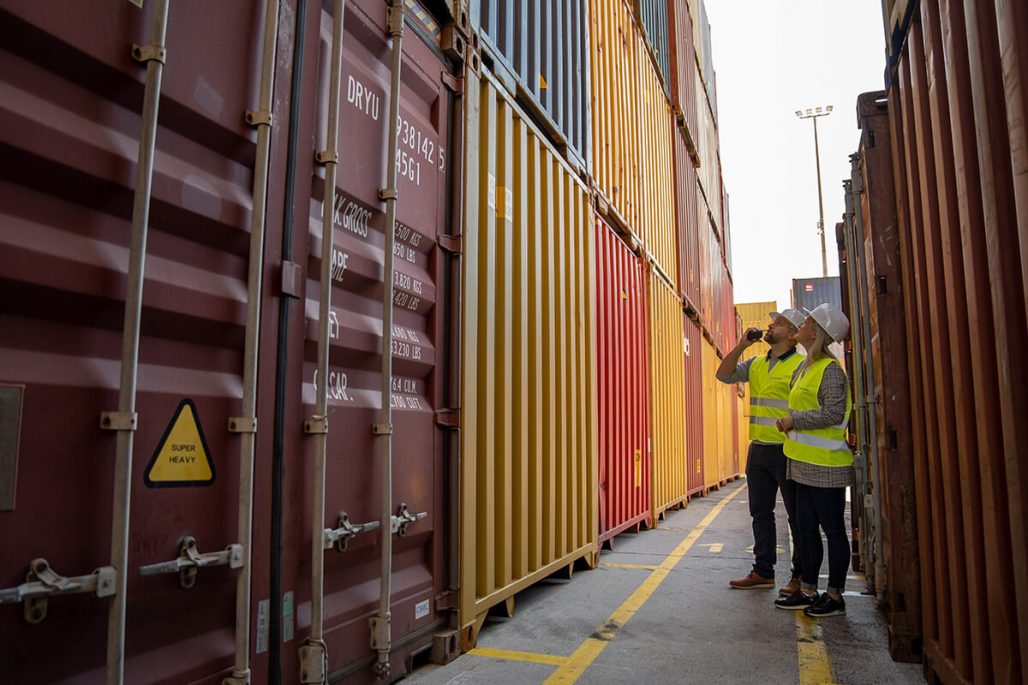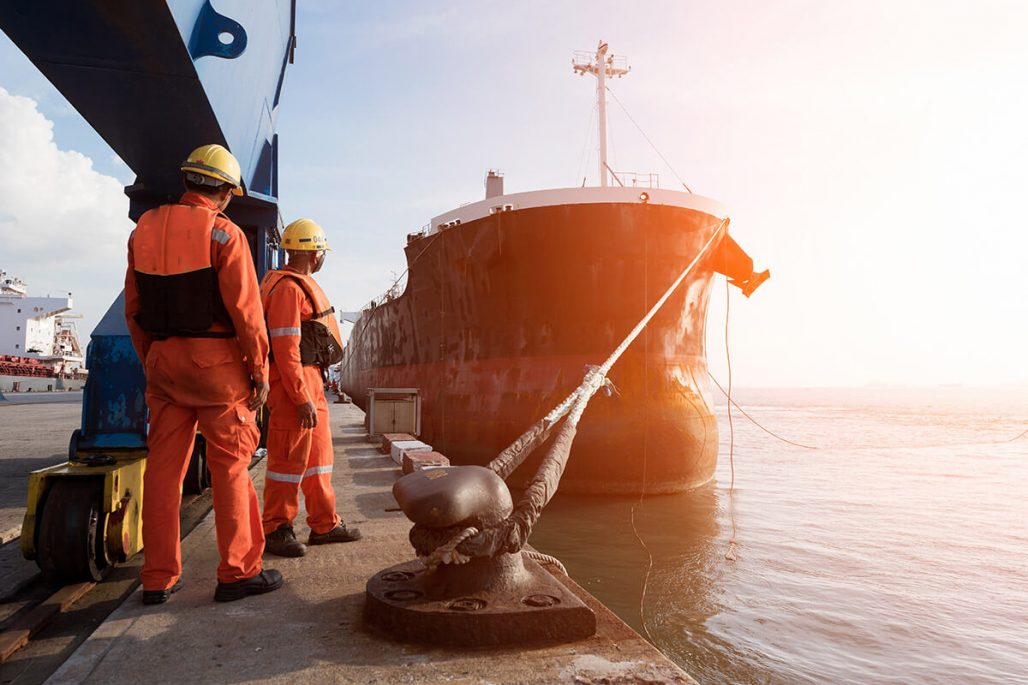A container is more than a box used for “packaging”A container is more than a box used for “packaging”
For an average person, the word “container” is generally associated with construction waste containers. We experienced it ourselves in phone calls in the early 2000s. We were called several times a week and were told “Hello, I would like to order a container for construction waste”. There are however many of us in the country who, due to their jobs, think of other types of containers and it is important that we have knowledge of the basic information relating to containers. Today, the first results of internet searches include advertisements for residential or office containers converted for real estate purposes, beside construction waste containers. We can find containers suitable for sea transport for the first time only somewhere on page 2.
This is why it is important to know as much as possible about containers, including the types and purposes of their use in transport and the factors to consider prior to loading our goods into containers.

The English began to make transport easier as early as the mid-1700s, first with wooden and later with iron containers. Containers used for sea transport became widespread only after World War II. There have been several attempts at standardisation since then, but it was between 1968 and 1970 that the International Maritime Organisation published the ISO standards which made it possible for goods to be moved safely and quickly through ports. According to the standards, all containers suitable for international transport must be equipped with a CSC sign (safety approval sign) containing the registration number, size, weight, strength and maximum stackability of the container.
Container identification and tracking
Containers contain a lot of important information, including the identification number of the container consisting of a prefix made up of 4 letters and 7 figures, e.g. GESU 123 456-7. Thereby the container is easy to identify and to track regarding its current location. It was also introduced upon standardisation that the volume measure of containers is indicated in TEU (twenty feet equivalent unit), which means, it is calculated in units of 20 feet in length. This TEU unit is also important in determining the tariffs, e.g. when determining the price of the fuel surcharge, which is usually 180 USD/TEU.
Types and use of containers:
- “Dry” containers: Available in sizes 20’, 40’, 40HC and 45’ and usually used for normal commercial goods transport.
- Special containers: Used for transporting oversized goods or goods with special transport needs, for example refrigerated, ventilated, flat rack, open top, hard top, tank, platform, etc.
Their parameters can be found on the internet by one click, but should any technical or practical question arise, our colleagues are available to help at the contact details shown on the website.

Interesting facts:
- There is a lot to say about the use of containers for transport purposes, and we will indeed talk about them in a later post. It is important to note, however, that many owners of goods do not consider what impacts the goods may be exposed to during sea transport. This mode of transport is very complicated because the goods are reloaded several times during the journey and are exposed to different weather conditions. This is why it is very important to discuss these circumstances at the time of agreeing on the transport charges. For example, in the case of sweets transported in winter, the question may arise whether to transport the goods in a refrigerated container. The inside temperature of a container can increase not only when travelling along the equator, but a warmer day can also cause serious deterioration of the goods.
- Another important question is whether the sender can undertake to secure the goods. It should also be considered that ships at sea move not only horizontally but they also undergo extreme lateral excursion. Container manufacturers have of course taken this into account, I will get back to this later in a separate blog post about loading and securing.
- For the safe transport of goods, they must be secured not only internally, but also the container must be secured externally. This factor is therefore taken into account in sea, rail and road transport. The corners of the containers are designed so that they can be transported and stored safely even when stacked on top of one another. On board ship, the individual containers are connected by fastening screws. A technology similar to rail and road chassis used on the land sections is applied to secure the containers safely. Another fastening device is also used on ships, for example containers are secured to each other or to the deck by cross frames.

General types of containers can be divided into two groups based on ownership:
One is COC, i.e. “container owned by the shipping company” where the prefix (four characters) contains the letters of the shipping company’s or the lessor company’s name. This also includes leased containers, which can be leased based on a long-term or short-term contract. It is important to note that when a freight forwarder entrusts a shipping company with the task of transporting goods, a “lease contract” is entered into between the owner of the goods and the shipping company (or freight forwarding partner). The terms of use are set out in the Bill of Lading Terms & Conditions document.
The other one is the SOC (Shipper’s Own Container) which has been previously purchased or leased by the owner of the goods for the given route. These containers are accepted on board by the shipping company only with a valid CSC certificate. SOC containers were rare earlier, but with the impact of Covid, more and more manufacturing companies are recognising the problem of empty container shortages and are investing in these containers, which facilitate the smooth flow of goods all around the world.
The logistics of moving containers is indeed a complex task and after our clients have inquired several times about it, we thought we would create a separate blog post on this subject. Because a container is really more than a box intended for packaging.
